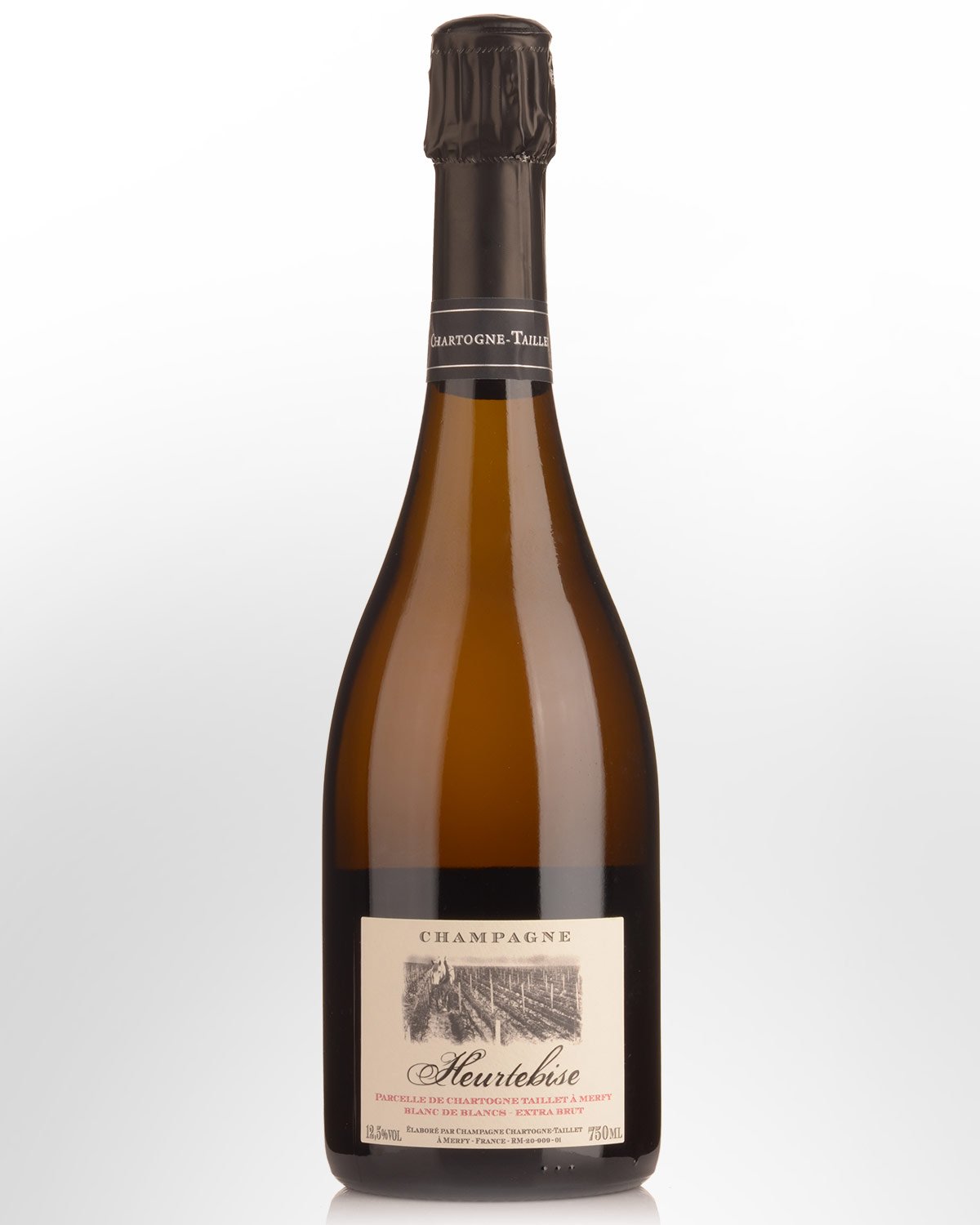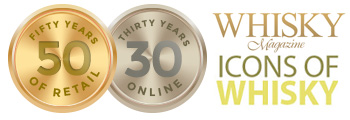
- 96
Chartogne-Taillet Heurtebise (V19) Extra Brut Champagne
Chartogne-Taillet is the home of some of the most exciting wines in Champagne. Alexandre Chartogne is a perfectionist in his approach to viticulture and winemaking, something he picked up from his mentor Anselme Selosse. Key to his approach is the importance of expressing terroir above all else. With that in mind, Alexandre separately vinifies a myriad of plots spread across 11 hectares of vineyards in Merfy and the neighbouring villages of Chenay and Saint-Thierry. Over half the parcels are ploughed by horse, and no pesticides, herbicides or synthetic fertilizers are used. In the winery, all fermentations are wild, and malolactic fermentation is not blocked. Alexandre favours wooden barrels or demi-muids for fermentations, and low dosage levels are used which allow the grapes to speak of their place.
The Chardonnay vines were planted on the Heurtebise plot in 1972, 1985, 1986 and 2010. Exposure is a solar direct-south, but the strong winds that tear through this place mean there's always ample freshness to be found. The soil composition is Thanetian sands mixed with clay on sandstone, and the area is prone to fluctuations covering both water stress and retention. It's one of Alexandre's most variable sites overall, one that has very different requirements depending on the season. Likewise, once off the vine, the wines also tend to take on greater influence from any intervention in the cellar, particularly aging in oak. Crystalline minerality and mouth-watering tension are always evident from this site. Disgorgement is just four grams per litre.
Other Reviews....
The 2019 Blanc de Blancs Heurtebise is a single-vineyard expression that spotlights the singular terroir of Merfy, rooted in sandy soils with components of silt and clay, resting atop sandstone. Produced from Chardonnay vines planted between 1980 and 1985, it is aged entirely in 228-liter barrels—predominantly from Cavin—with a modest proportion of new oak. Disgorged in April 2024 with a dosage of 2.4 grams per liter, it reveals a bouquet of white blossoms, lemon zest and freshly baked brioche. The palate is medium-bodied, incisive and poised, with laser-like acidity that carries a core of pristine fruit to a long, mineral finish. It is the most linear and tensile wine in the range, even more so than the Chemin de Reims from the same vintage. Drink 2025-2039.
96 points
Kristaps Karklins - Robert Parker's The Wine Advocate
to most of Australia
